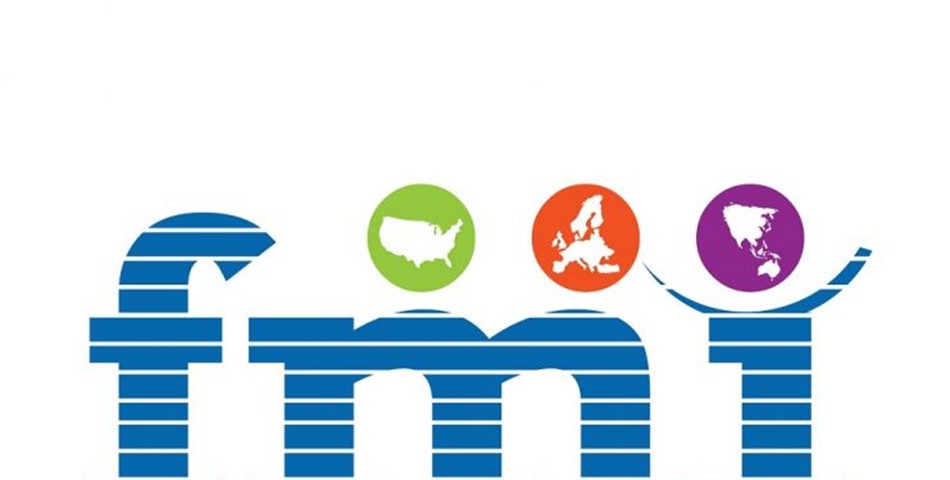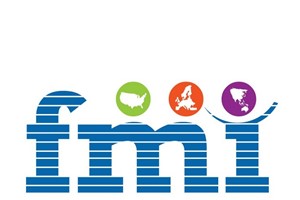The water soluble pods packaging market is expected to experience significant growth in the coming years, with sales projected to reach US$244.6 million by 2022 and a compound annual growth rate (CAGR) of 16.4% leading to a value of US$621.6 million by 2028, according to a report from Future Market Insights.
One of the key advantages of water soluble pods packaging is its environmental friendliness. These pods are designed to be water soluble, addressing concerns about non-decomposable waste accumulation. The water soluble films, typically made of polyvinyl alcohol (PVA), used in the packaging dissolve completely in both cold and hot water, leaving no residue behind. This feature makes PVA an attractive choice for detergent manufacturers as a packaging material.
Notably, leading consumer goods manufacturer Procter & Gamble has achieved significant sales with their laundry detergent pods, such as “Tide Pods” and “Ariel Pods,” highlighting the growing demand and popularity of water soluble pods in the market.
However, it is important to address certain myths and risks associated with water soluble pods. Some individuals believe that the fragrance of laundry pods can cause irritation and headaches, and there have been reported cases of pods causing clogging. Additionally, the consumption of water soluble pods can be life-threatening, particularly for children who might mistake them for candy.
These factors present potential challenges and may discourage the use of water soluble pods, potentially restricting the growth of the global market. Manufacturers and industry stakeholders need to address these concerns through proper education and awareness campaigns to ensure the safe usage and handling of water soluble pods.
Overall, while the water soluble pods packaging market demonstrates promising growth potential due to its environmental benefits and convenience, it is crucial to address associated risks and myths to foster sustained growth and acceptance of these innovative packaging solutions.











